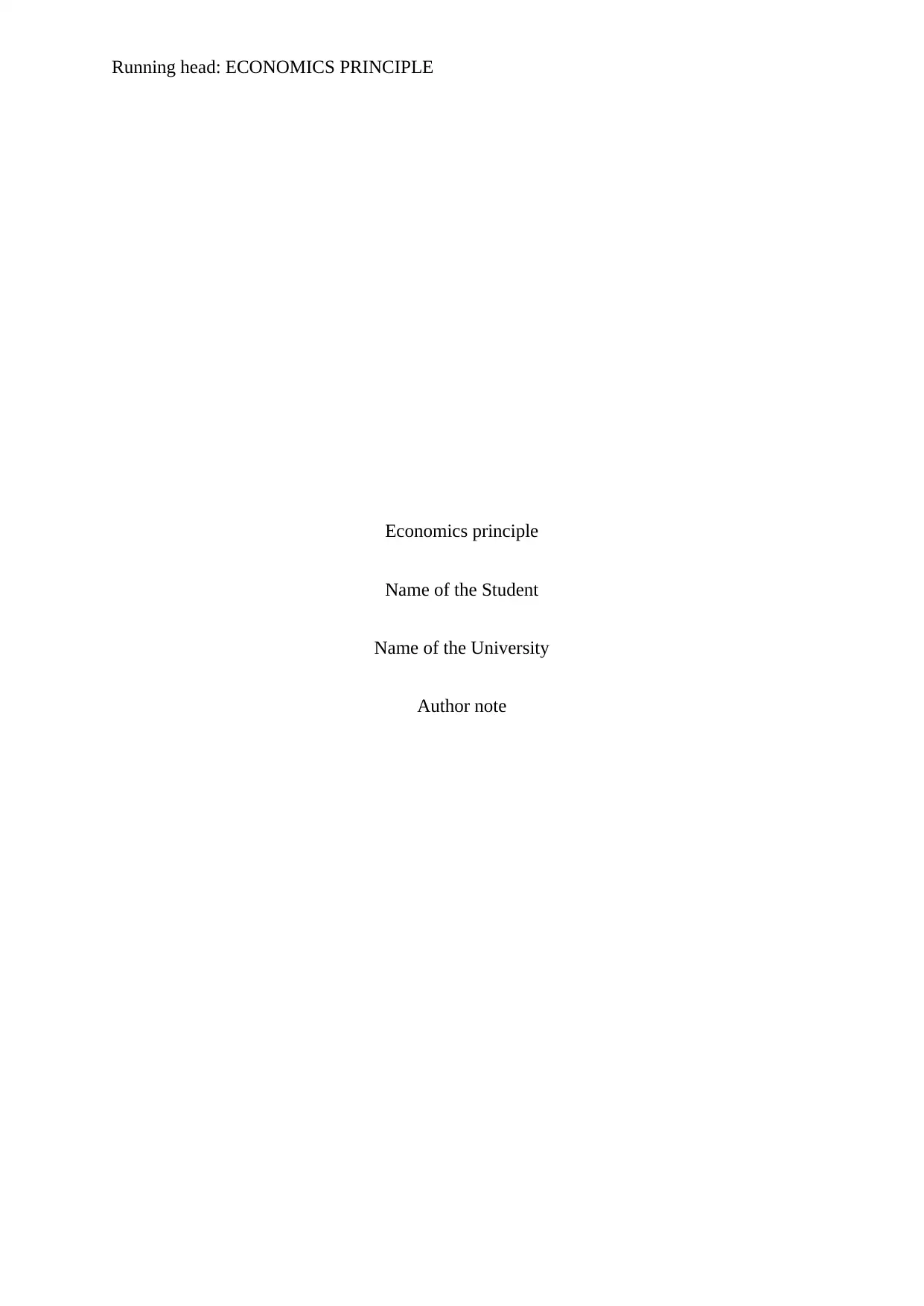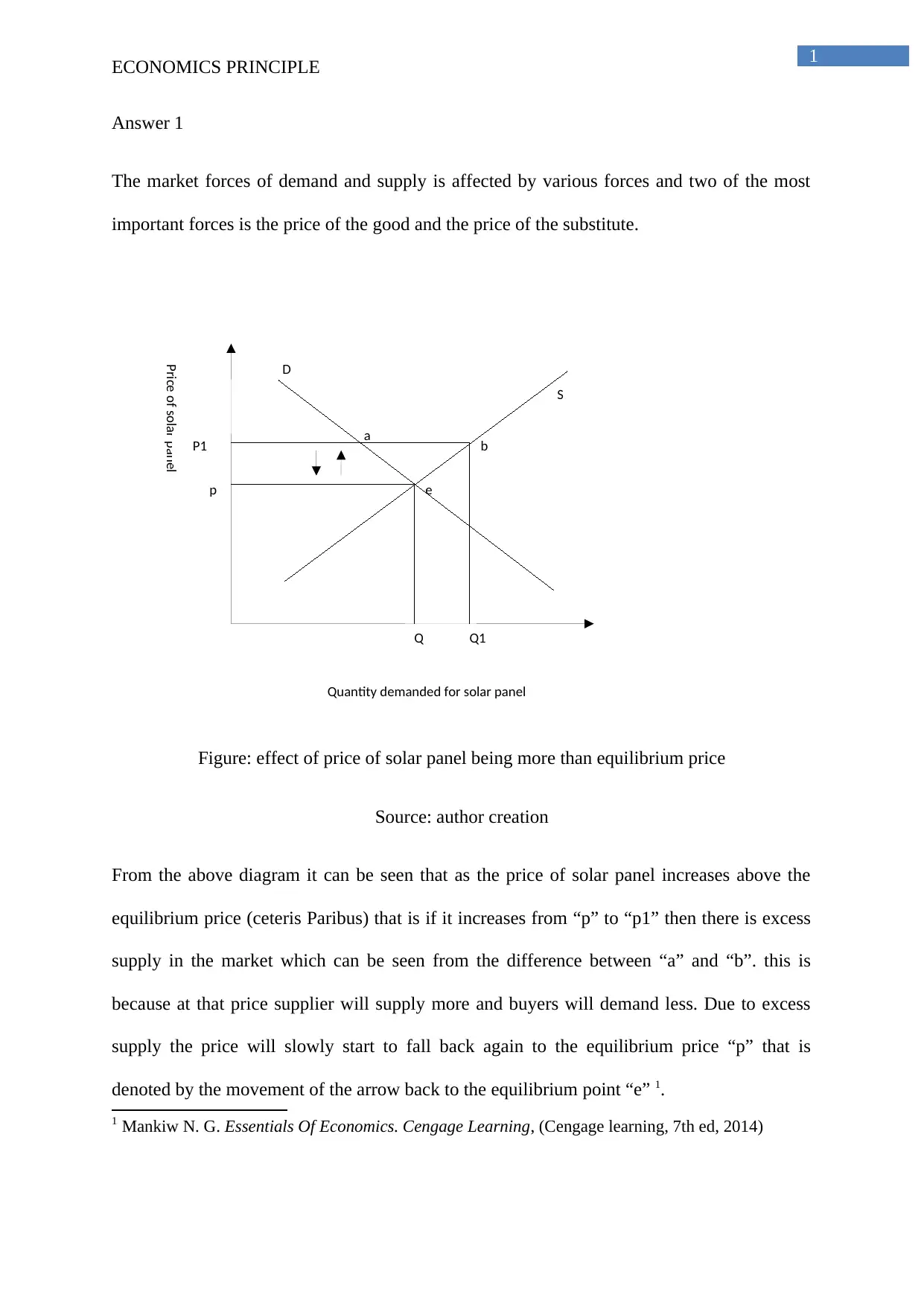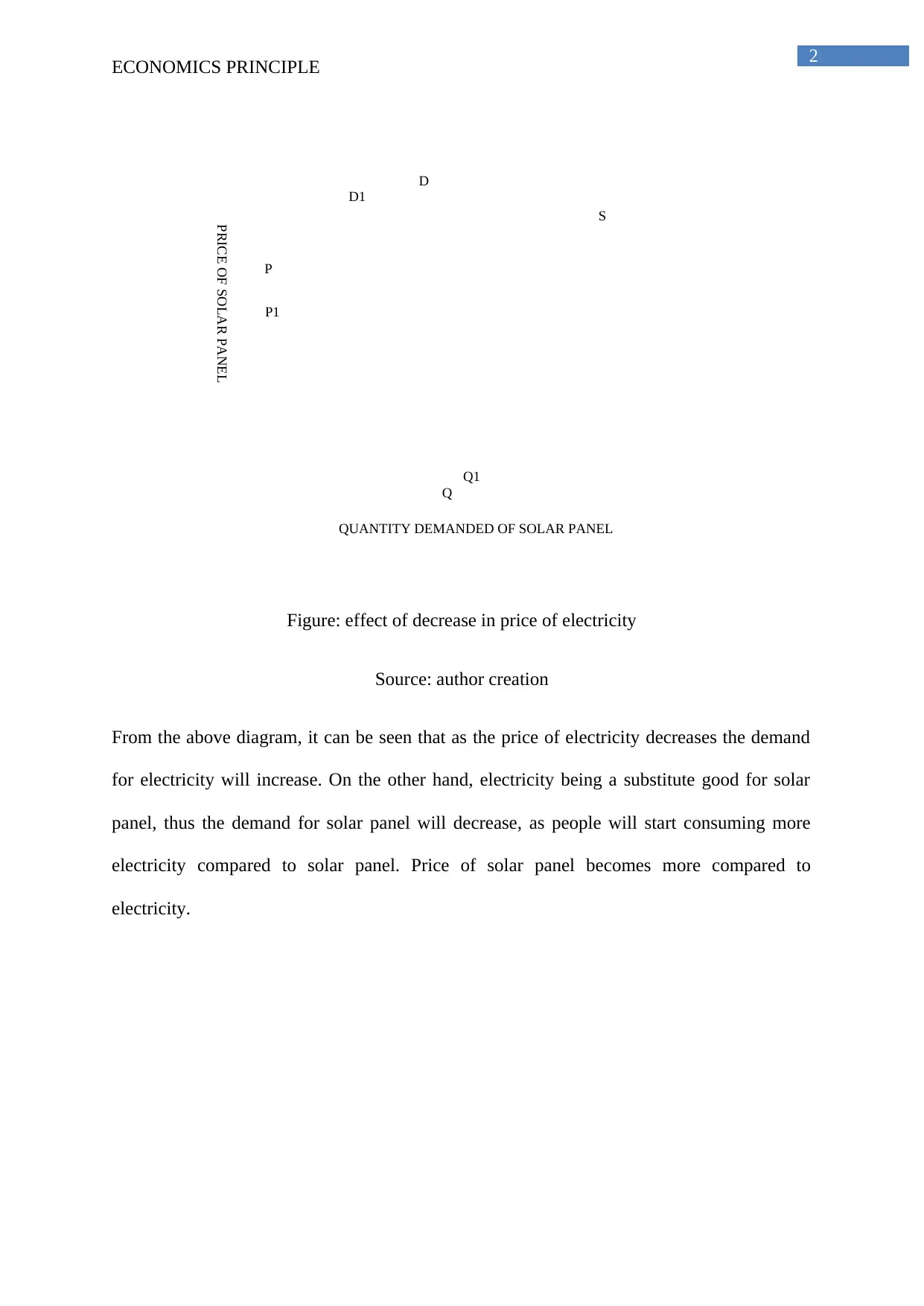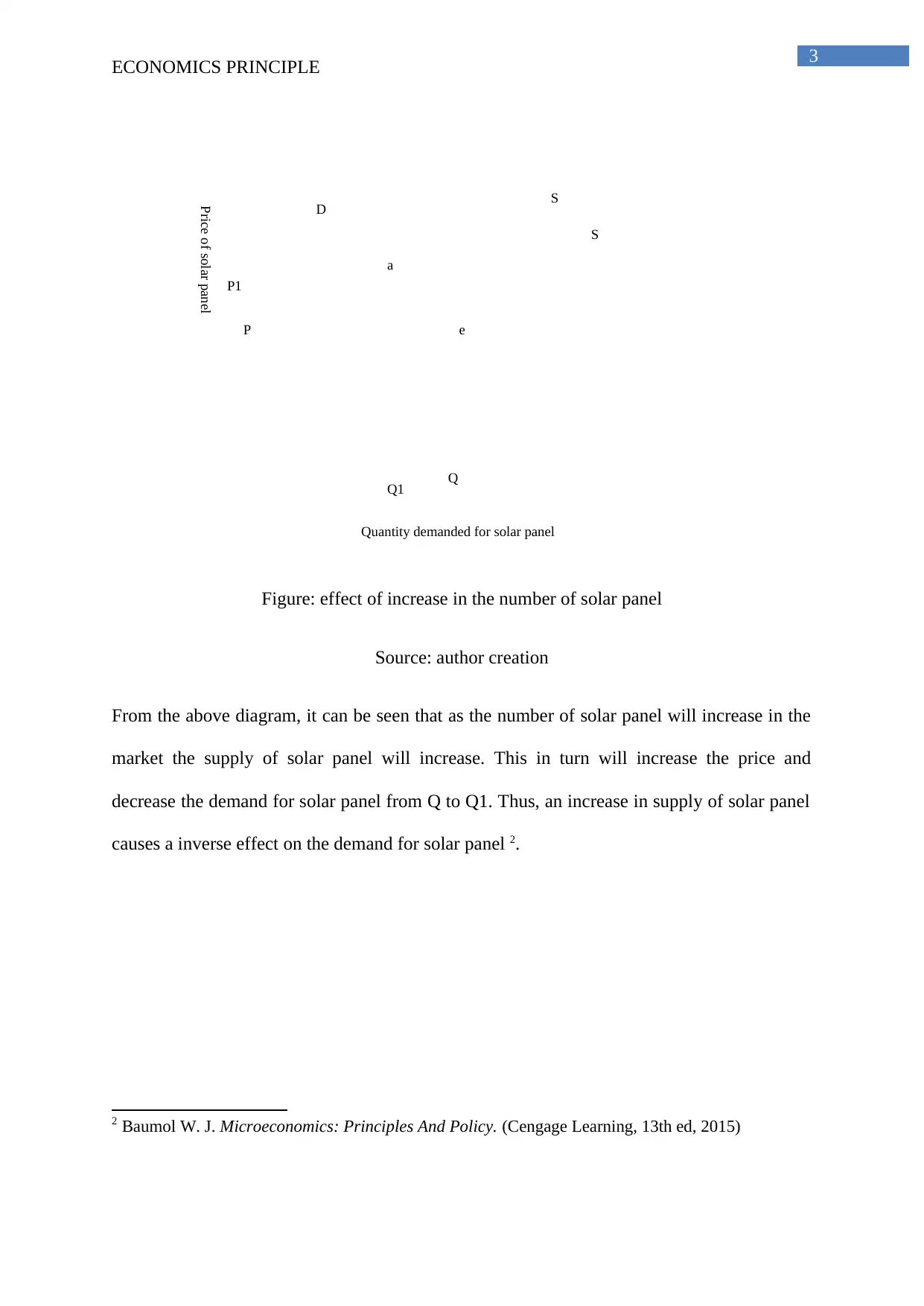Economics Principles: Market forces and solar panel analysis
VerifiedAdded on 2020/04/07
|5
|440
|140
Homework Assignment
AI Summary
This economics assignment examines the market forces impacting the solar panel and electricity markets. The analysis begins by illustrating the effect of a price increase on solar panels, demonstrating how excess supply leads to a return to equilibrium. It then explores the relationship between electricity and solar panels as substitute goods, showing how a decrease in electricity prices can reduce the demand for solar panels. Finally, the assignment considers the effect of an increase in the number of solar panels available in the market, which increases supply, decreases the price, and subsequently reduces the demand for solar panels. The assignment utilizes diagrams to illustrate these concepts and references key economics texts to support the analysis.
1 out of 5












![[object Object]](/_next/static/media/star-bottom.7253800d.svg)